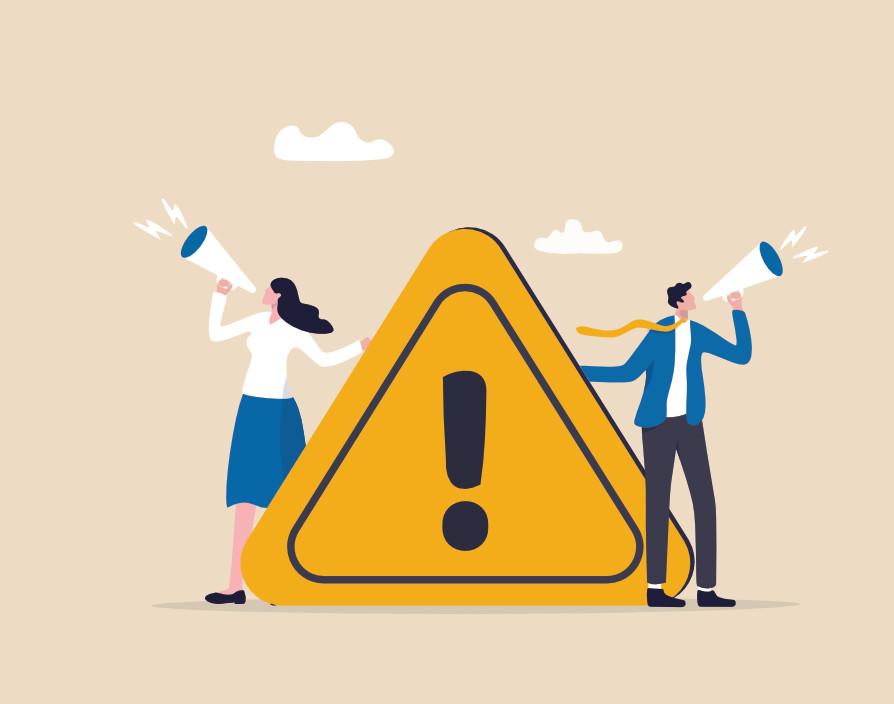In this article, Jordan Brompton, co-founder and CMO of myenergi, explains why communication is key to creating a successful brand, sharing her learnings and insight from building myenergi from the ground up.
Back in the day, business success revolved around perfecting your offer – creating a disruptive product or service that had the potential to captivate an audience, shouting loud and proud to cause a ‘buzz’ in the marketplace, pricing it effectively, promoting it widely and then ensuring that the purchase process was simple, easy and fulfilling. Nailing aftersales was the cherry on the cake, and often the key to securing repeat custom.
Today, however, consumers are looking for something else. More than ever, your brand – and your corporate personality – is becoming critical in the decision making process. Don’t believe me? Well, I’m sure you can think of thousands of companies that offer perfectly good products and services, but you simply don’t gel with their approach, beliefs or ways of doing business. As such, you’d probably never consider buying from them. Sale lost.
It must be said that the perfect brand, the one company that’s right for everyone, doesn’t exist. This is a good thing – it creates market competition, it drives widespread innovation, it encourages investment and it inspires progress. Bad brands, however, are everywhere. The challenge for any SME is therefore to create something real – a personality that resonates with and really speaks to its customers.
When we founded myenergi, I wanted to build a company that consumers really bought into. Rather than a faceless corporation with great products but no character, I wanted the market to see that we were different – a passionate team, committed to sustainability, fuelled by innovation and intent on delighting our customers.
Defying convention, we communicated openly. We told the market everything – our successes, our challenges and our aspirations. We told them about our breakthroughs and we told them when we fell short. In essence, we brought them on the journey with us.
While wearing your heart on your sleeve may sound pretty terrifying, it really worked. Rather than customers, we built advocates. People who knew about the ins and outs of our brand and what it stood for. They were really rooting for us.
Soon, we’d built a community of followers – not customers that had been sold a story, but real people who wanted to be part of our success. As well as sales, this filtered down into fundraising and recruitment activities too. Our honesty was empowering and it inspired people to join us.
We hadn’t necessarily meant to create such a movement, but I guess we’d naturally been doing it through our social media activity, our marketing approach, our personal interactions and the traction we were generating in the press. Even our suppliers were bought in to the myenergi story.
As we grew, we didn’t stop communicating. We shouted about our expansion, we were truthful about our figures, we spoke candidly about supply chain challenges and the setbacks we experienced through COVID. Most importantly, we were honest and we were transparent. There were good times and bad times – through it all, we kept sharing the realities of our story.
This approach quickly became a key part of who we were. We wanted to show our characters, our personalities and, often, our weaknesses. People buy from people. Not from perfection. Not from products.
I’m not going to pretend that this was a measured and calculated strand of my marketing strategy from day one. It wasn’t. It was who we were as entrepreneurs at the time and it is who we are as a brand to this day. The journey has me acutely aware, however, about the power of personality and the value of both communicating and listening.
For SMEs, there’s a simple lesson in all of this. The world is changing and it’s important to change with it. What worked yesterday won’t necessarily work today. What will remain certain, however, is the importance of communication in building your brand.
We’re all on a journey and the most important thing to remember is to keep people close. Don’t sweat the small stuff – think about the bigger picture. Most importantly, though, consider new and innovative ways to ensure your audience is engaged. Don’t hold them at arm’s length, bring them into the fold. I guarantee that it’ll be worth it in the long run.
Share via:








































